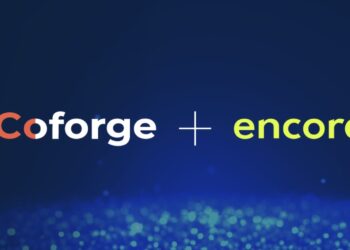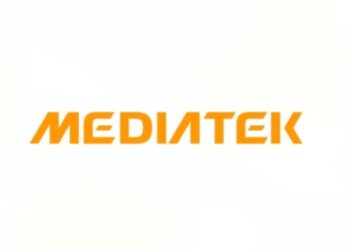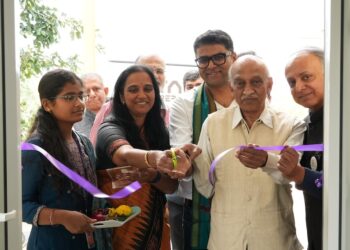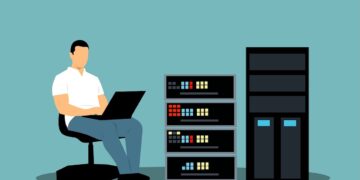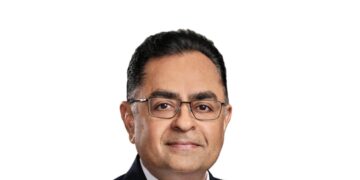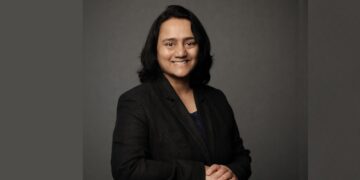Ericsson signed an MoU with Bharat Sanchar Nigam Limited (BSNL), one of the leading telecom operators in India to work together on developing new 5G use cases, knowledge sharing on 5G technology concepts, industry and innovation trends including 3GPP standardization progress.
The partnership will leverage Ericsson’s 5G Center of Excellence established earlier this year at IIT Delhi to work on evaluating benefits of 5G technology in areas like rural connectivity, connected healthcare, industrial automation, public safety, video surveillance, energy and agriculture amongst others.
This announcement reinforces Ericsson’s commitment to bring the latest technology innovations to India and develop the 5G ecosystem to support a digital India.
Ericsson is working closely with telecom operators as well as industry and academia to create a strong 5G ecosystem to enable innovation for new use cases, and business models. Ericsson was the first company to bring a live demonstration of 5G technology to India showcasing speeds of 5.7 GBPS and ultra-low latency of less than 3 milliseconds. Earlier this year, Ericsson had set up a Center of Excellence and Innovation Lab for 5G at the IIT Delhi. This Center of Excellence has been established to fast-track 5G deployments in the country by bringing together telecom ecosystems, academia, industry and start-ups.
Shri Anupam Shrivastava, CMD BSNL said, “5G and IoT will enable new opportunities and create new ecosystems and through this association with Ericsson, we intend to take the lead in the development of these new technologies. We will test, learn and develop use cases that will help us meet the diverse needs of our customers in the future. 5G will also help create the backbone on which Digital India initiatives will be delivered.” This announcement reinforces BSNL’s commitment to develop the 5G ecosystem to support vision of digital India by Hon’ble PM Shri Narender Modi.
Nunzio Mirtillo, Head of Market Area, South East Asia, Oceania and India at Ericsson said, “We are proud to partner with BSNL to work on use-cases and scenarios for application of 5G technology and how it will help realize the Digital India vision. Ericsson has been a key part of the telecom ecosystem in India for several decades, bringing voice and data services to millions of customers in the country. As networks evolve towards 5G, we have the products and solutions as well as the expertise to help operators evolve seamlessly from 4G to 5G.”
5G Will Enable Tremendous Opportunities
As per an Ericsson report, 5G enabled digitization revenue potential in India will be US $27.3 billion by 2026. The Indian operators can generate additional revenue of US$ 13 Billion or half of the stated potential if they take up roles beyond being Connectivity and infrastructure providers to become service enablers and service creators.
The largest opportunity will be seen in sectors like manufacturing, energy and utilities followed by public safety and health sectors. Some of the 5G use cases that could be implemented using the unique features of 5G technology include industrial control and automation, autonomous driving, safety and traffic efficiency services, hospital applications and medical data management amongst others.
Ericsson’s Enhanced 5G Platform will Help Indian Operators Roll out 5G Networks Faster
Ericsson has expanded its end-to-end 5G Platform by adding new hardware and software products to the Ericsson Radio System portfolio, further enhancing the agility and speed with which Indian operators can roll out their 5G networks. Ericsson is also strengthening its end-to-end mobile transport solutions by building on its radio expertise and adding best-in-class transport technologies from Juniper Networks and ECI.
Ericsson has launched the RAN Compute portfolio, which responds to service provider’s need for greater flexibility in the deployment of Radio Access Network (RAN) software and hardware functions. RAN Compute is an architecture that allows service providers to flexibly distribute RAN functions – such as beamforming and radio control – where needed to fine-tune use case performance while also lowering total cost of ownership.
You May Would Like to Read:





